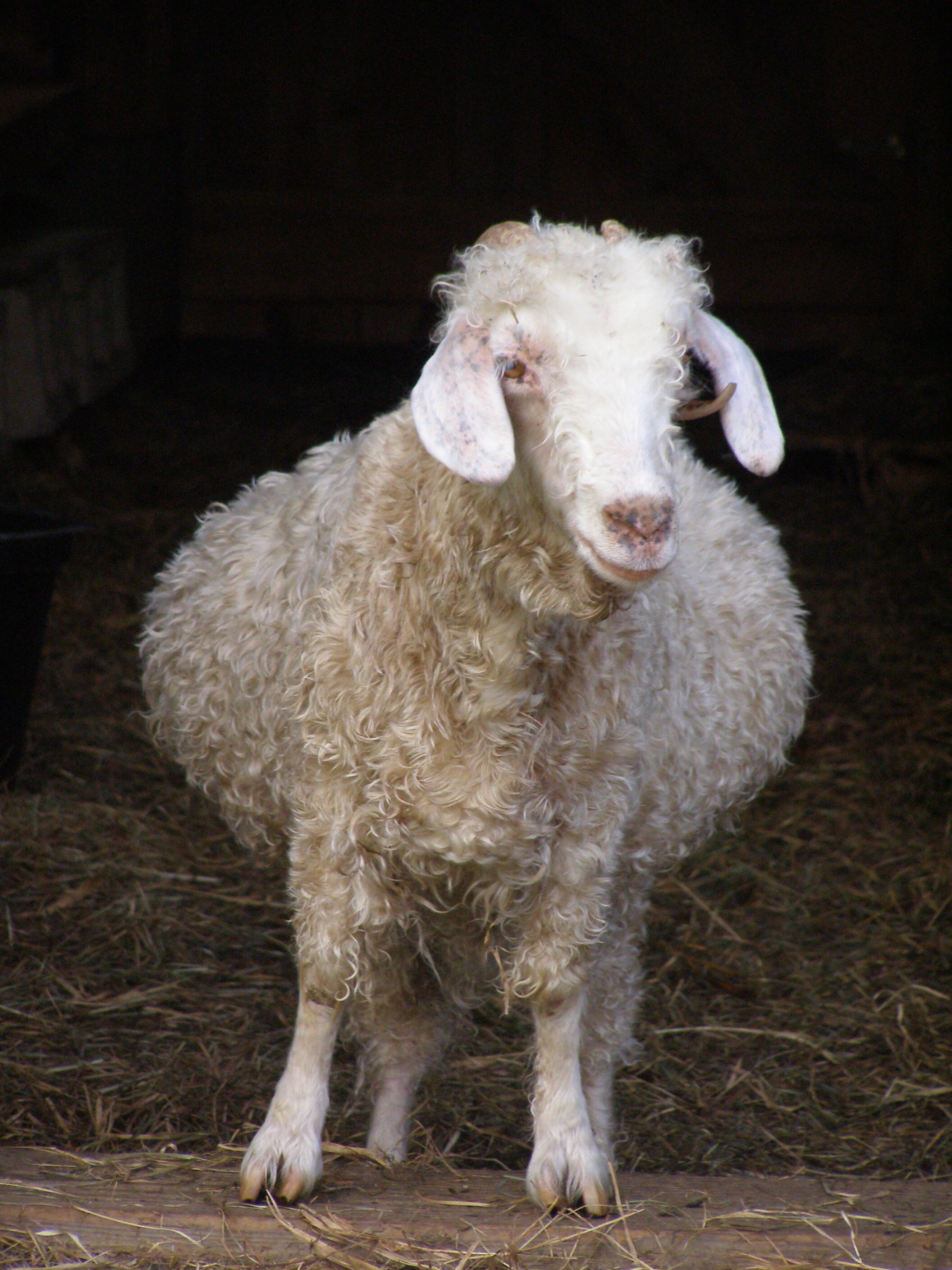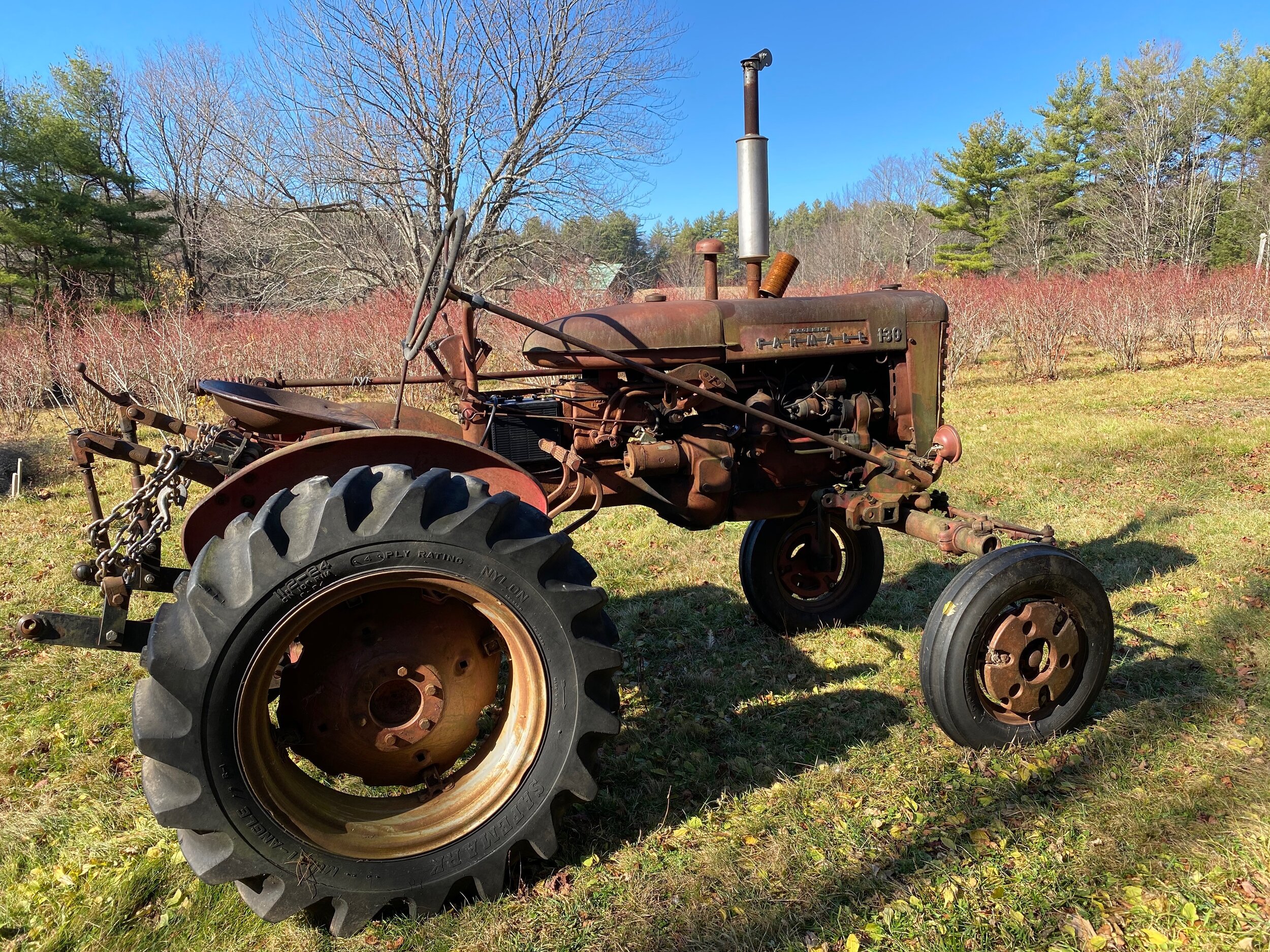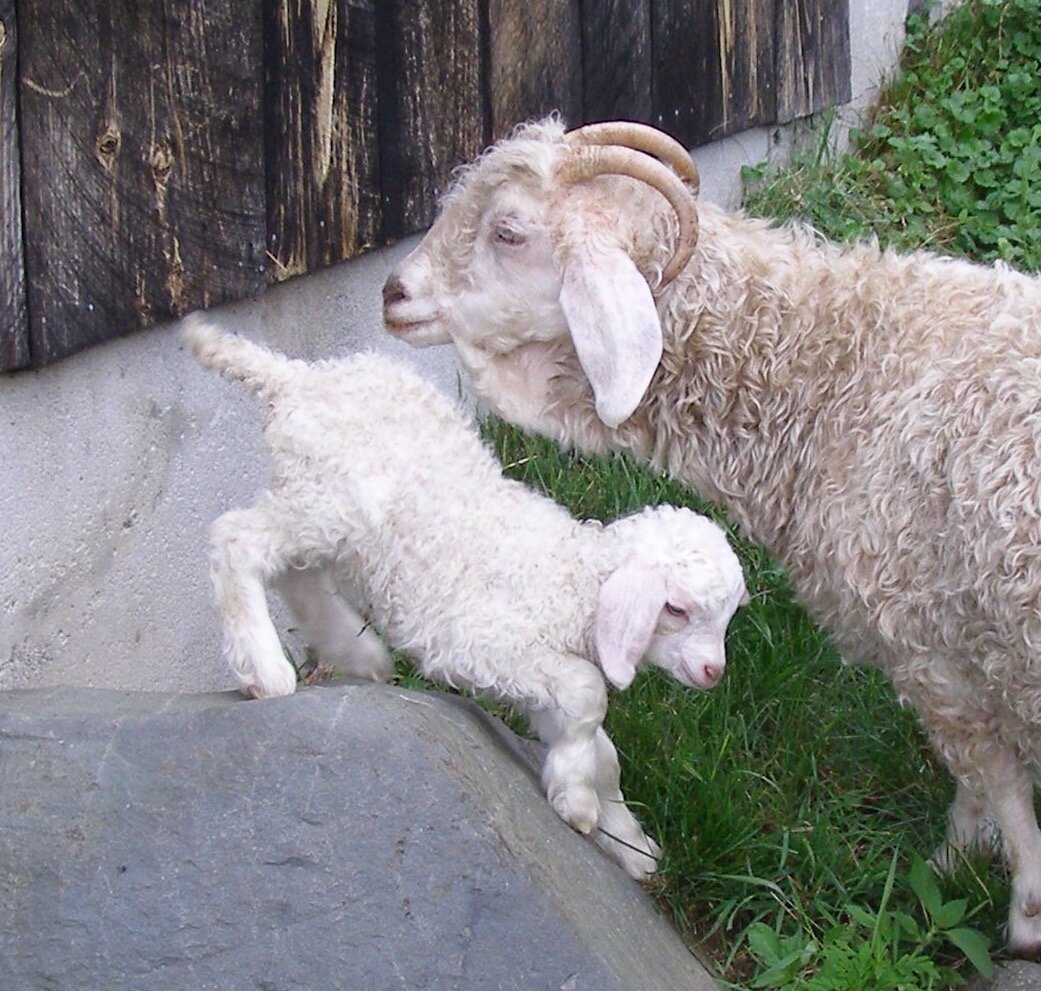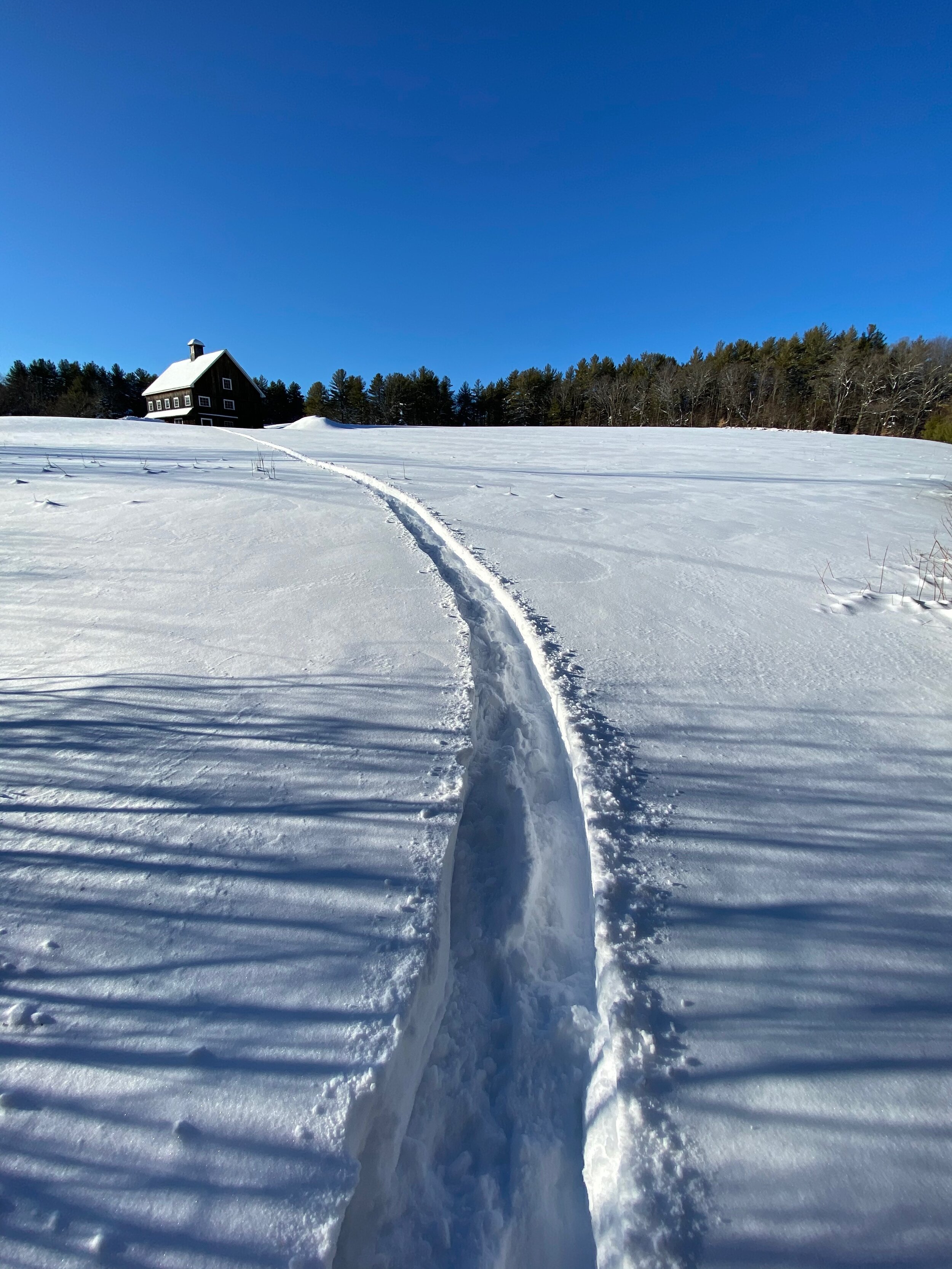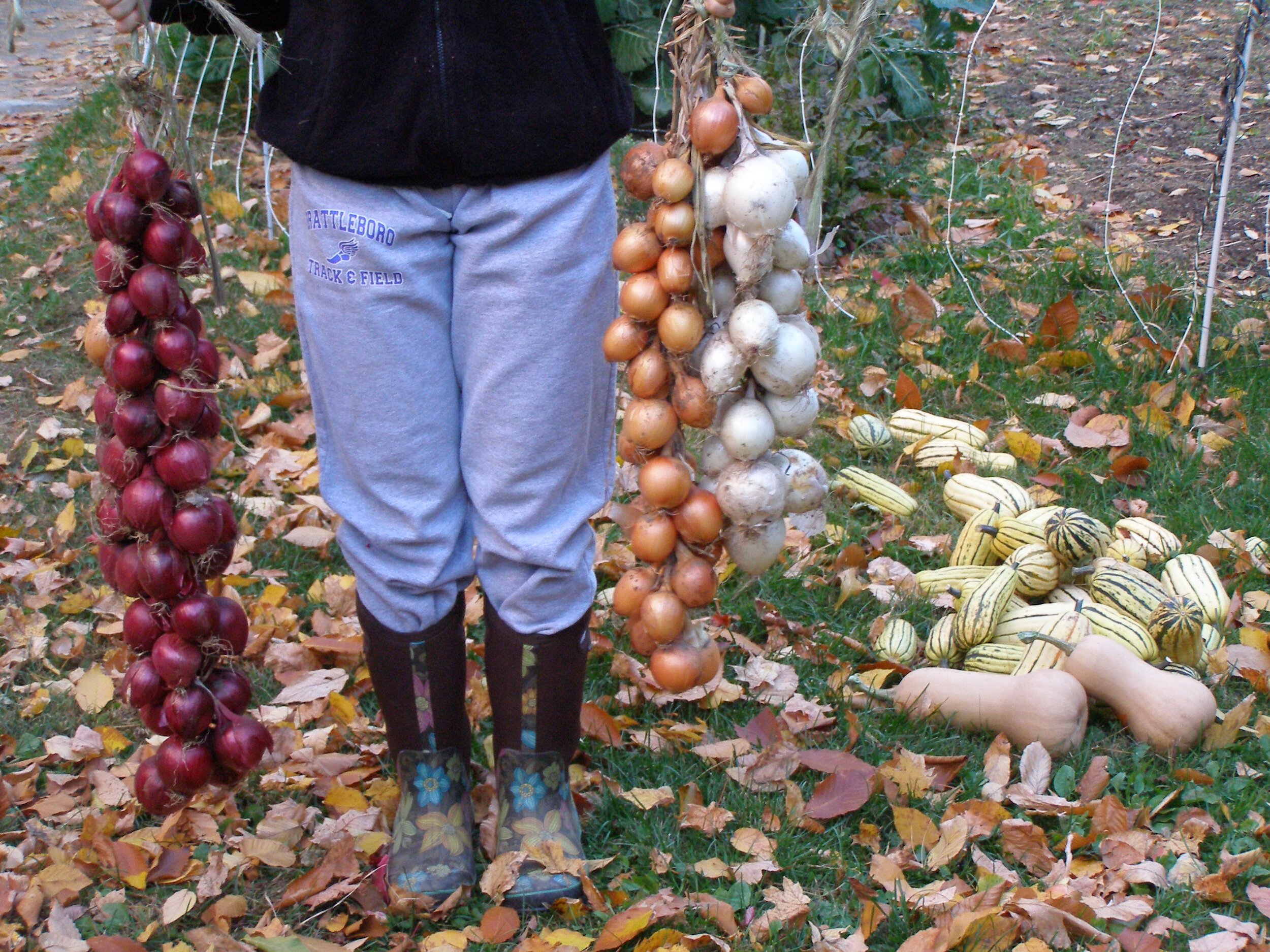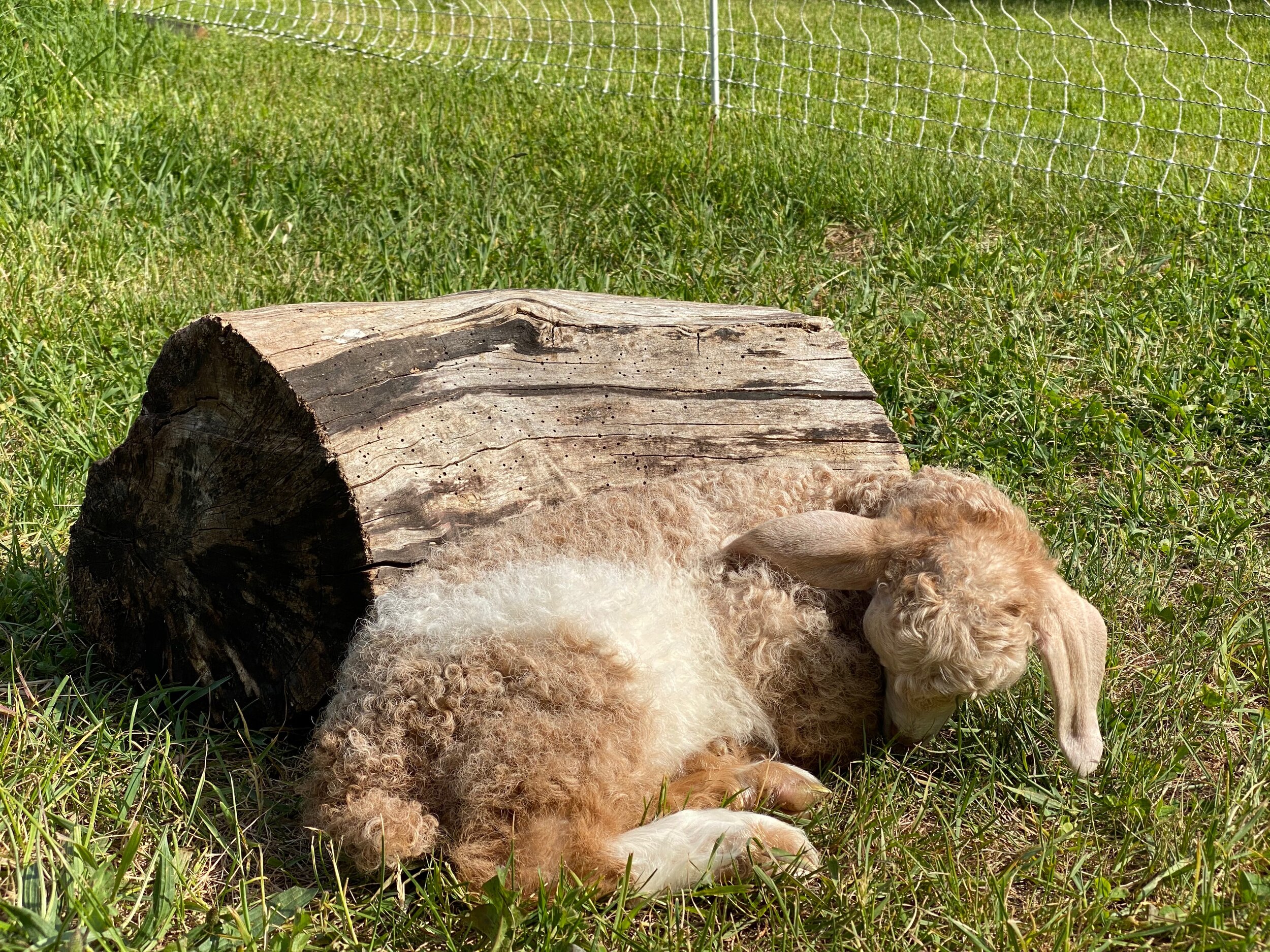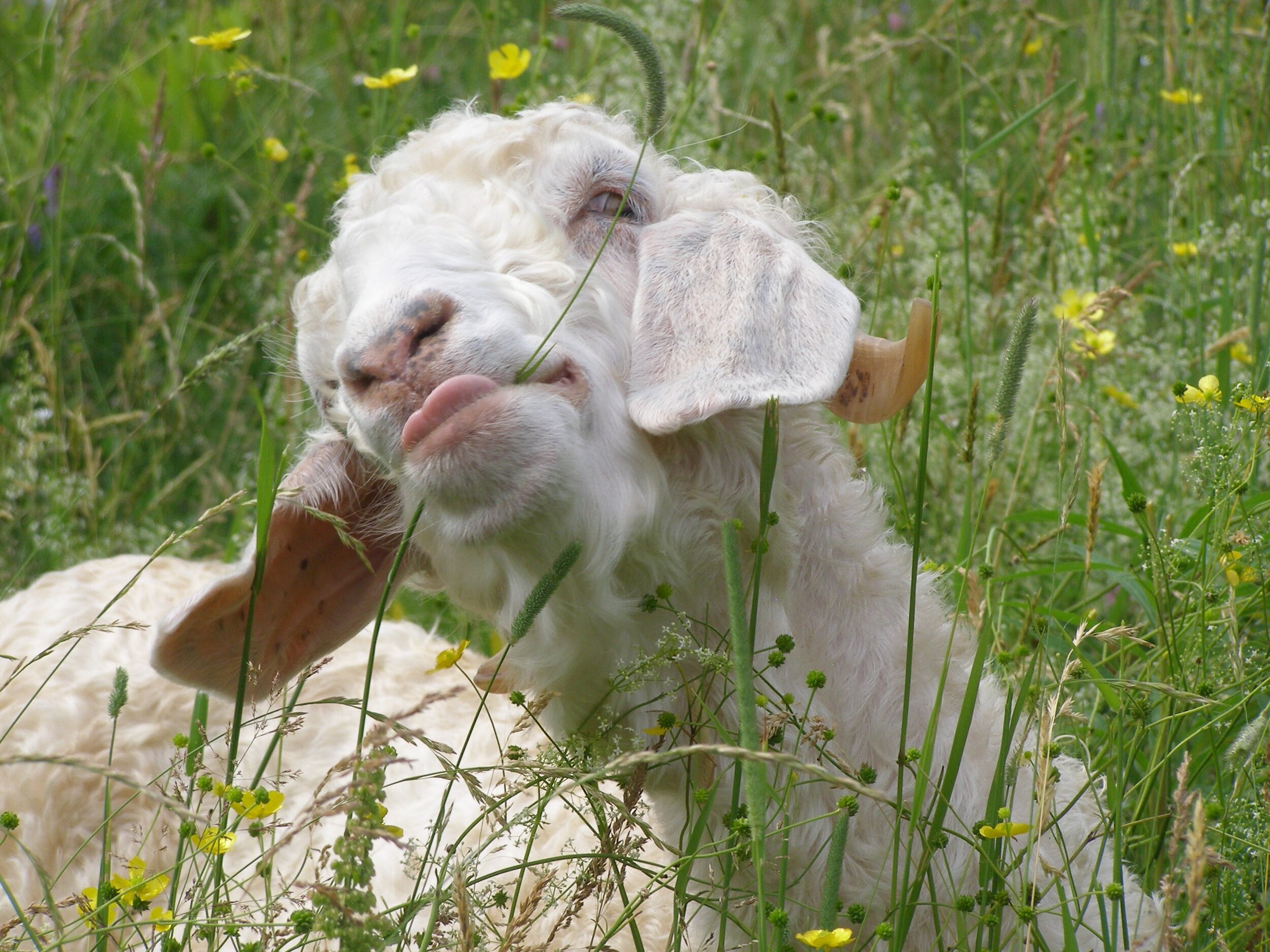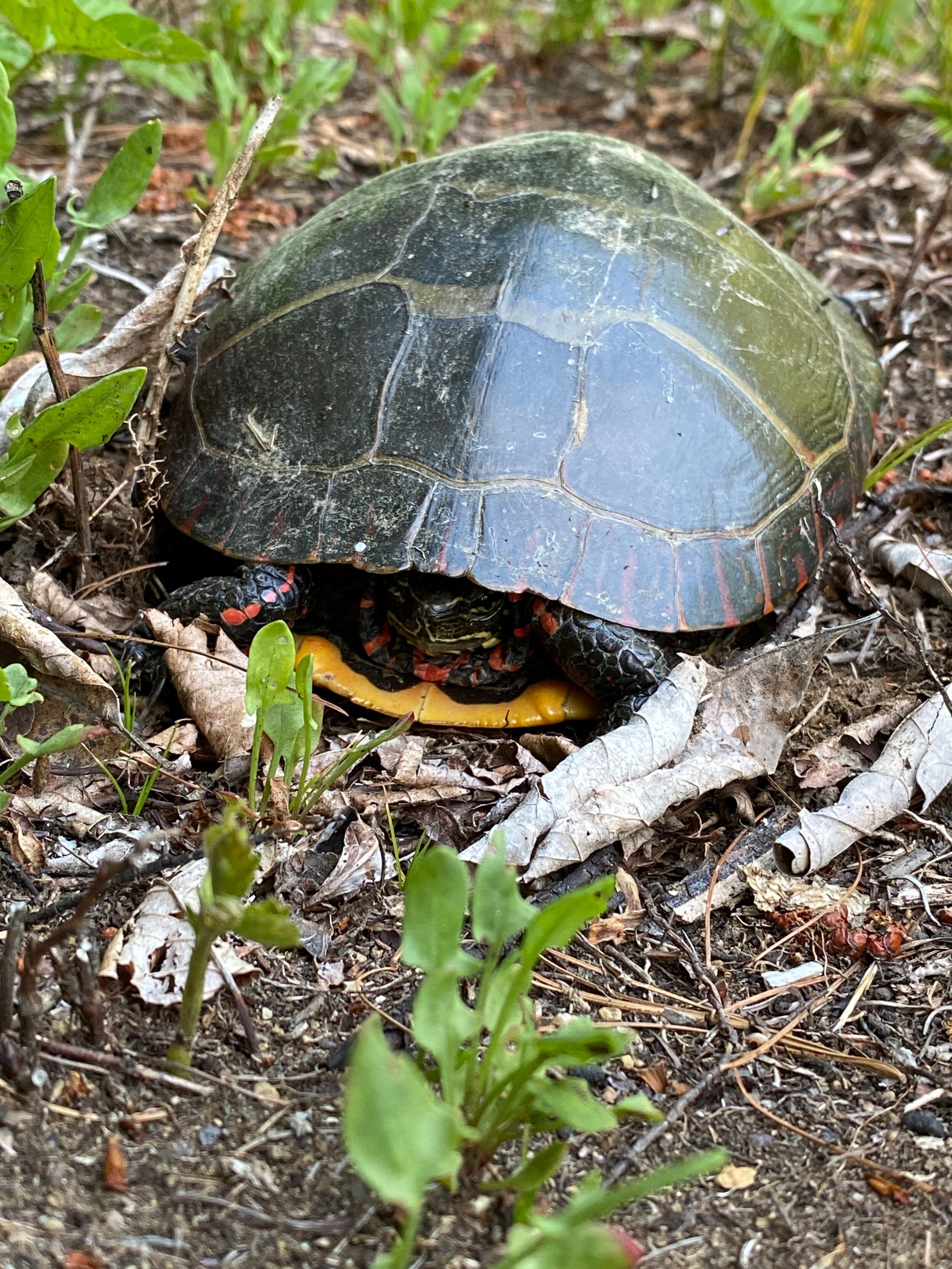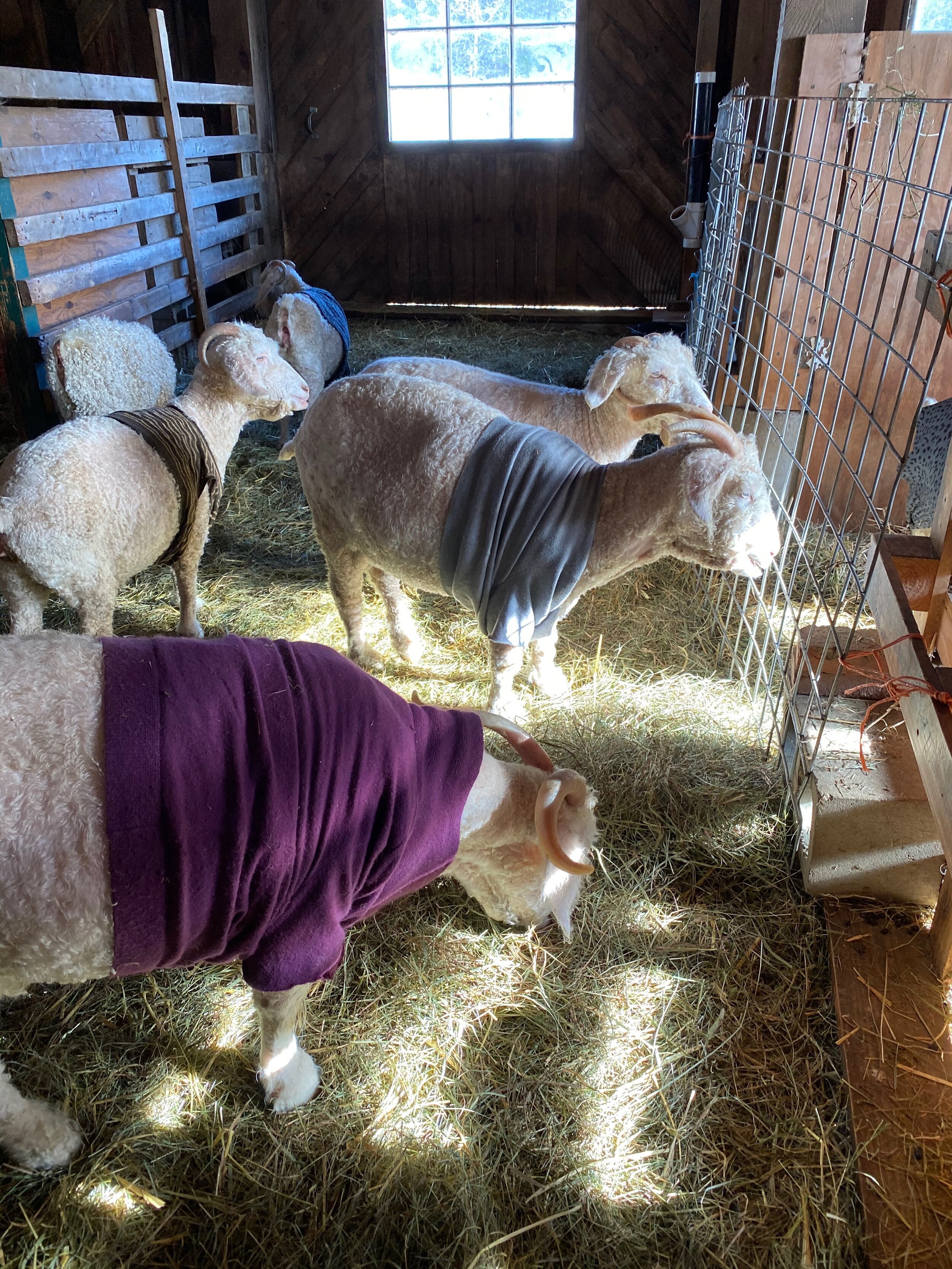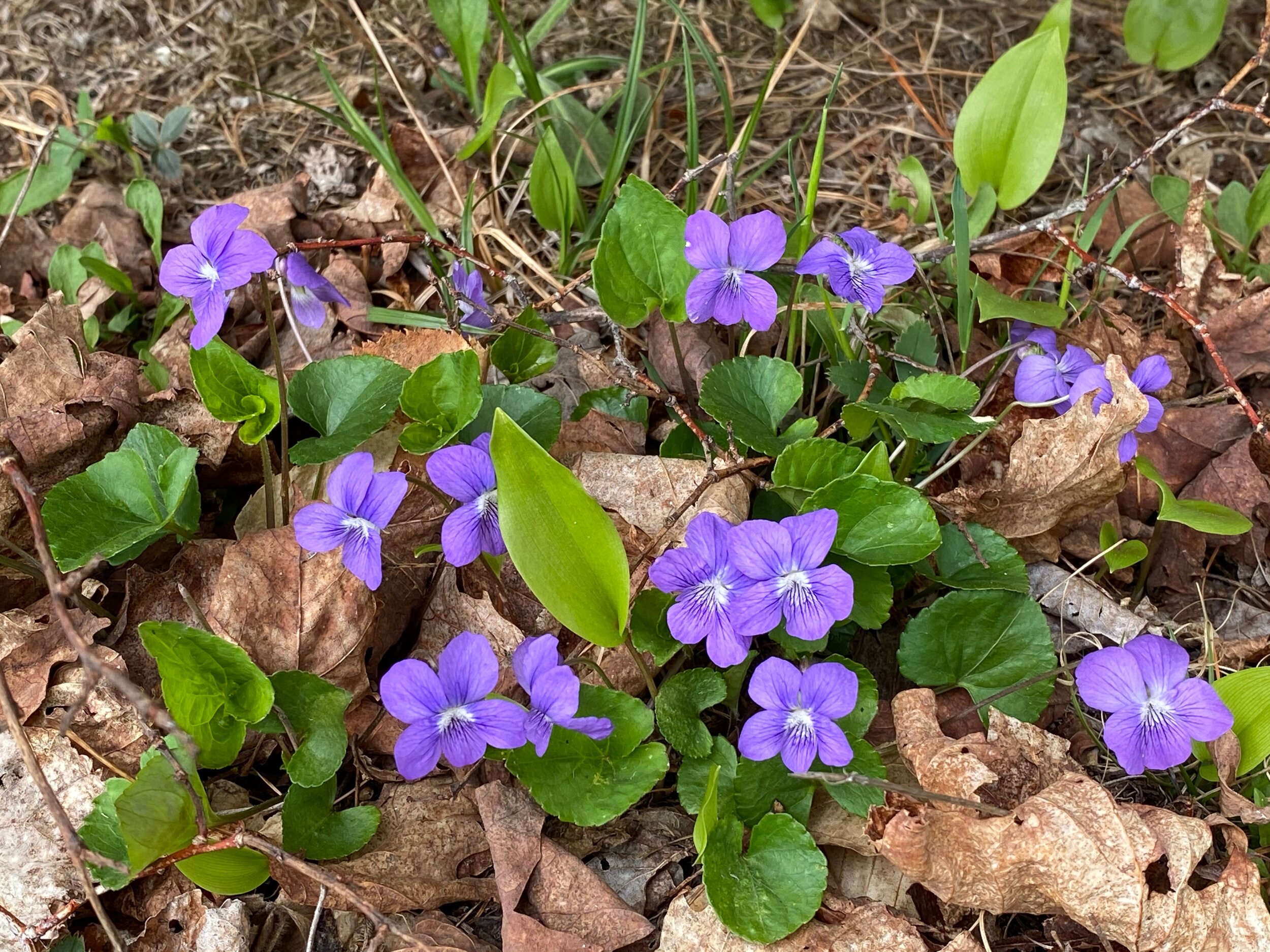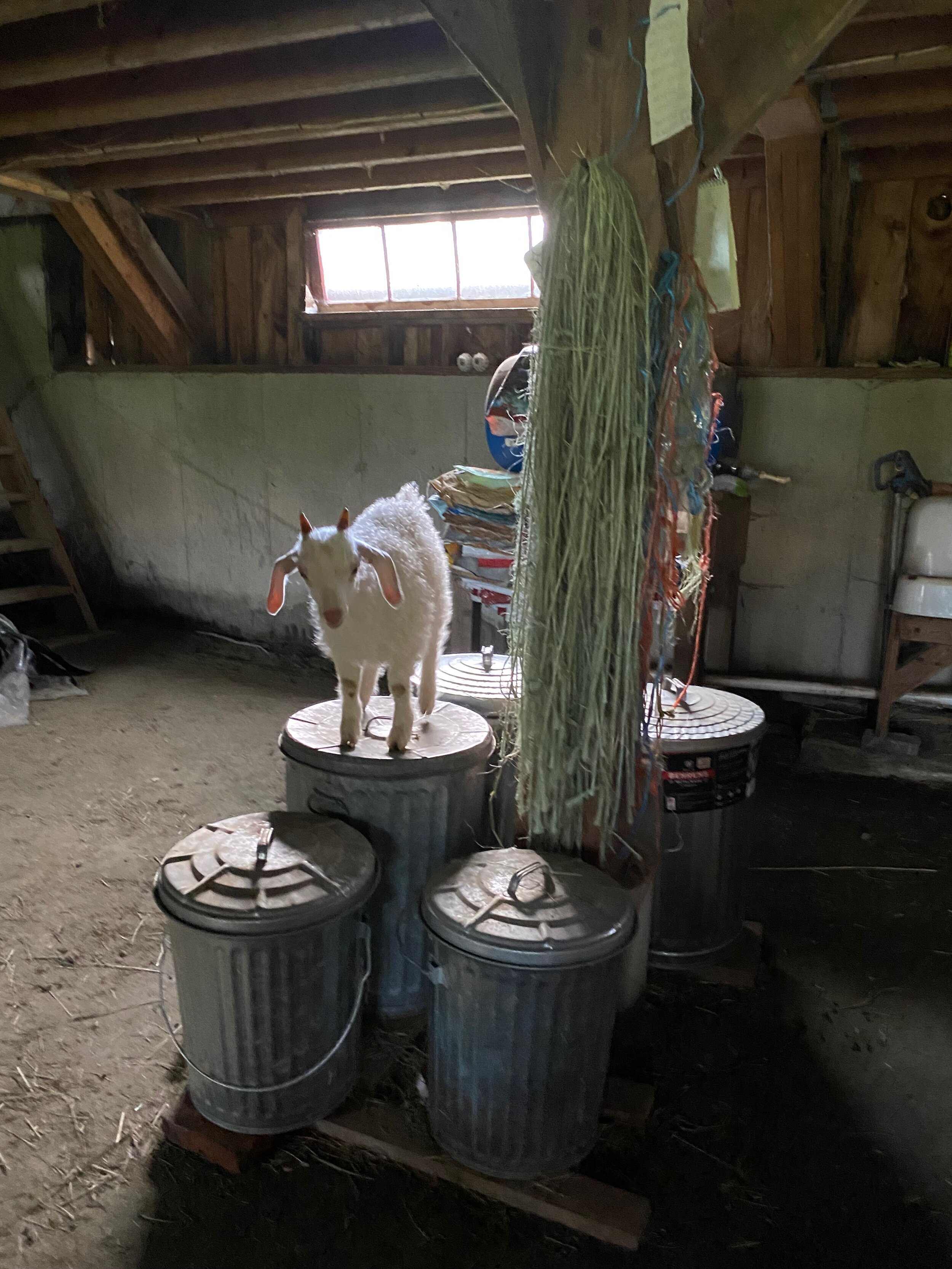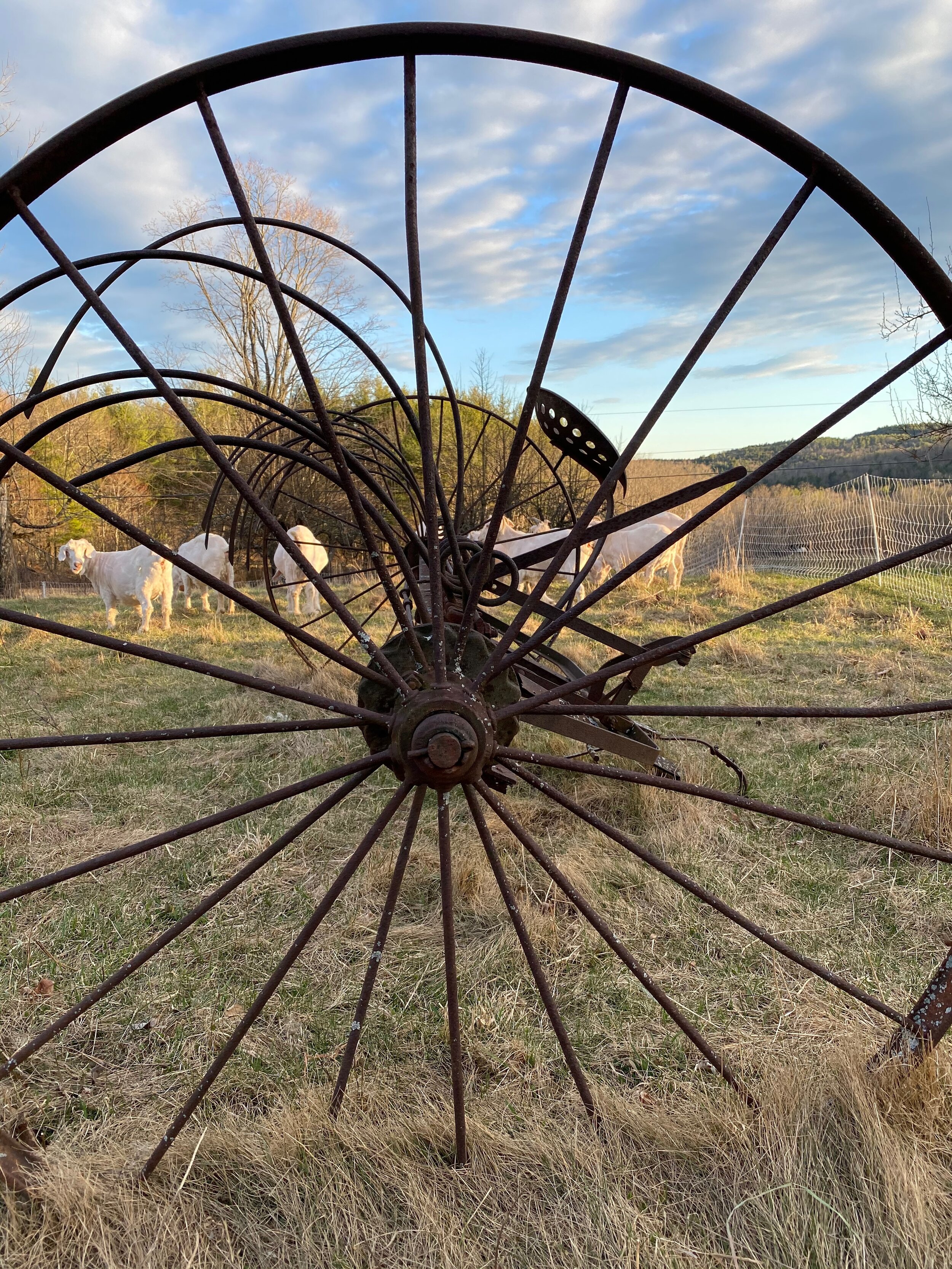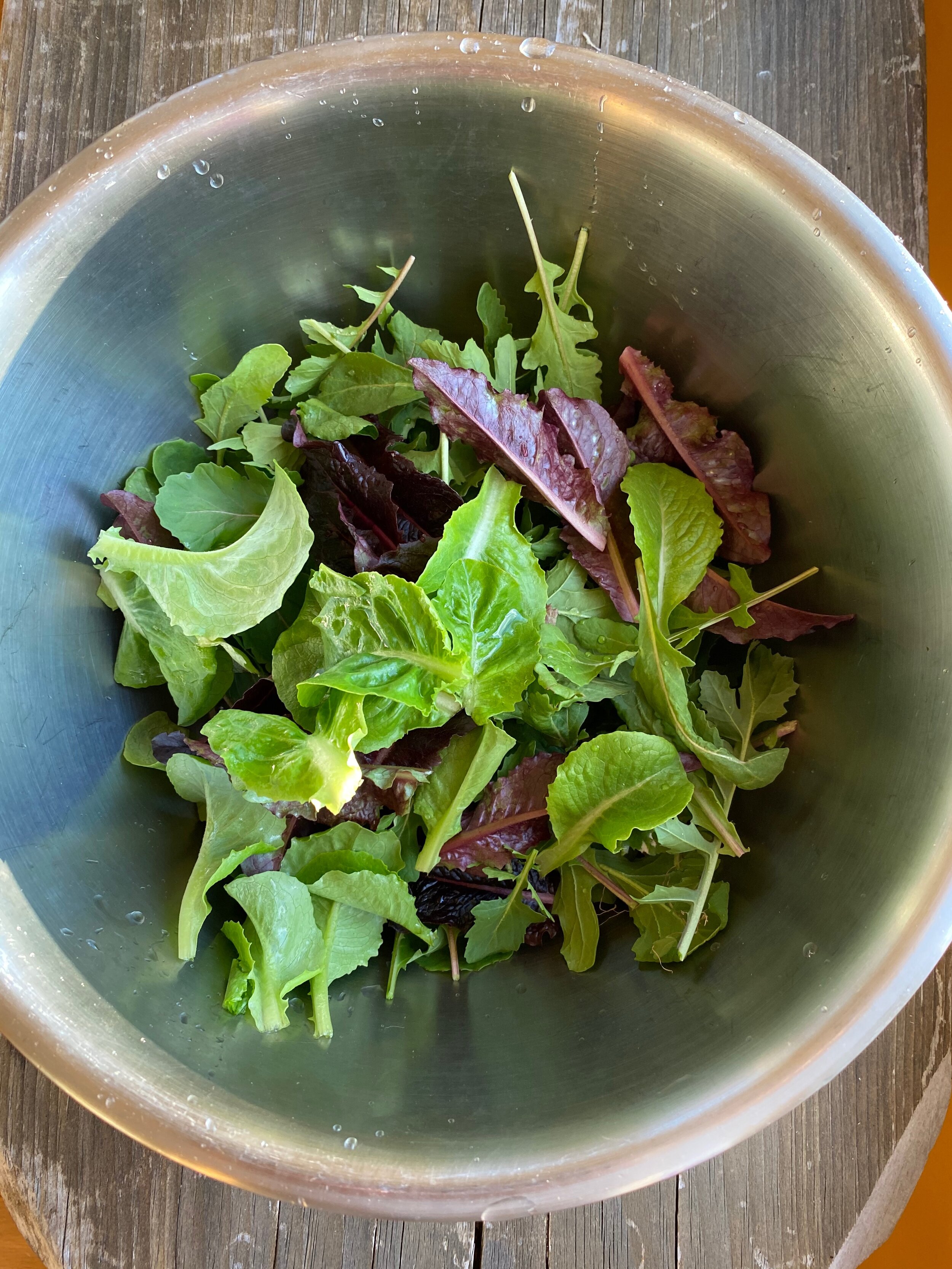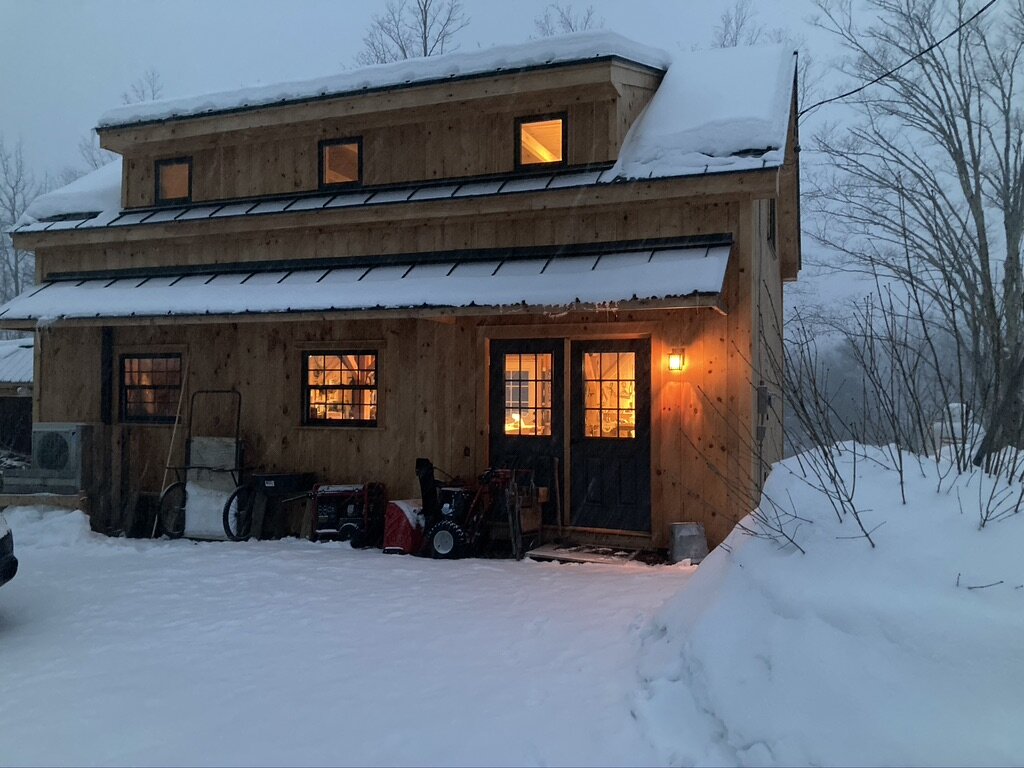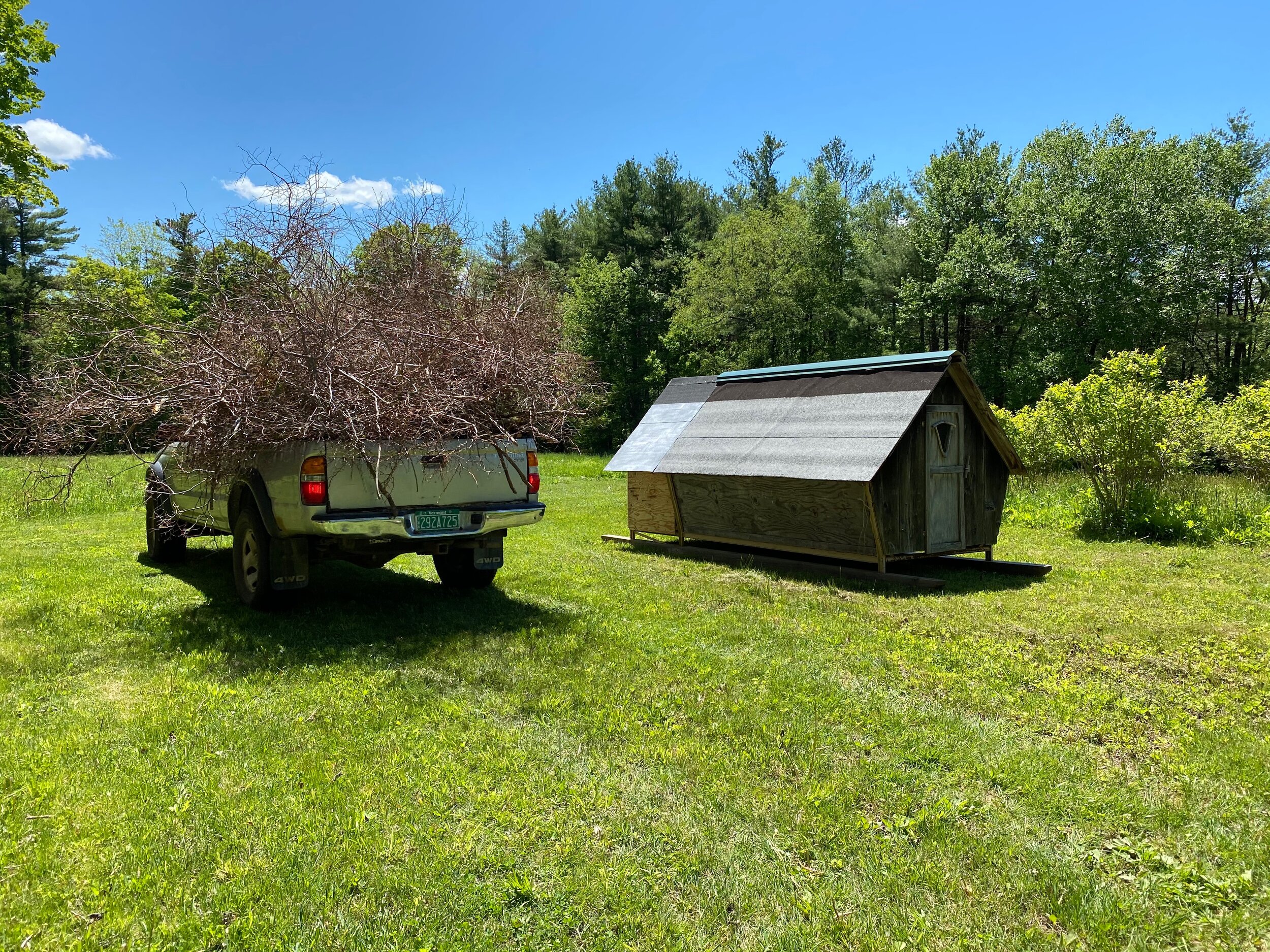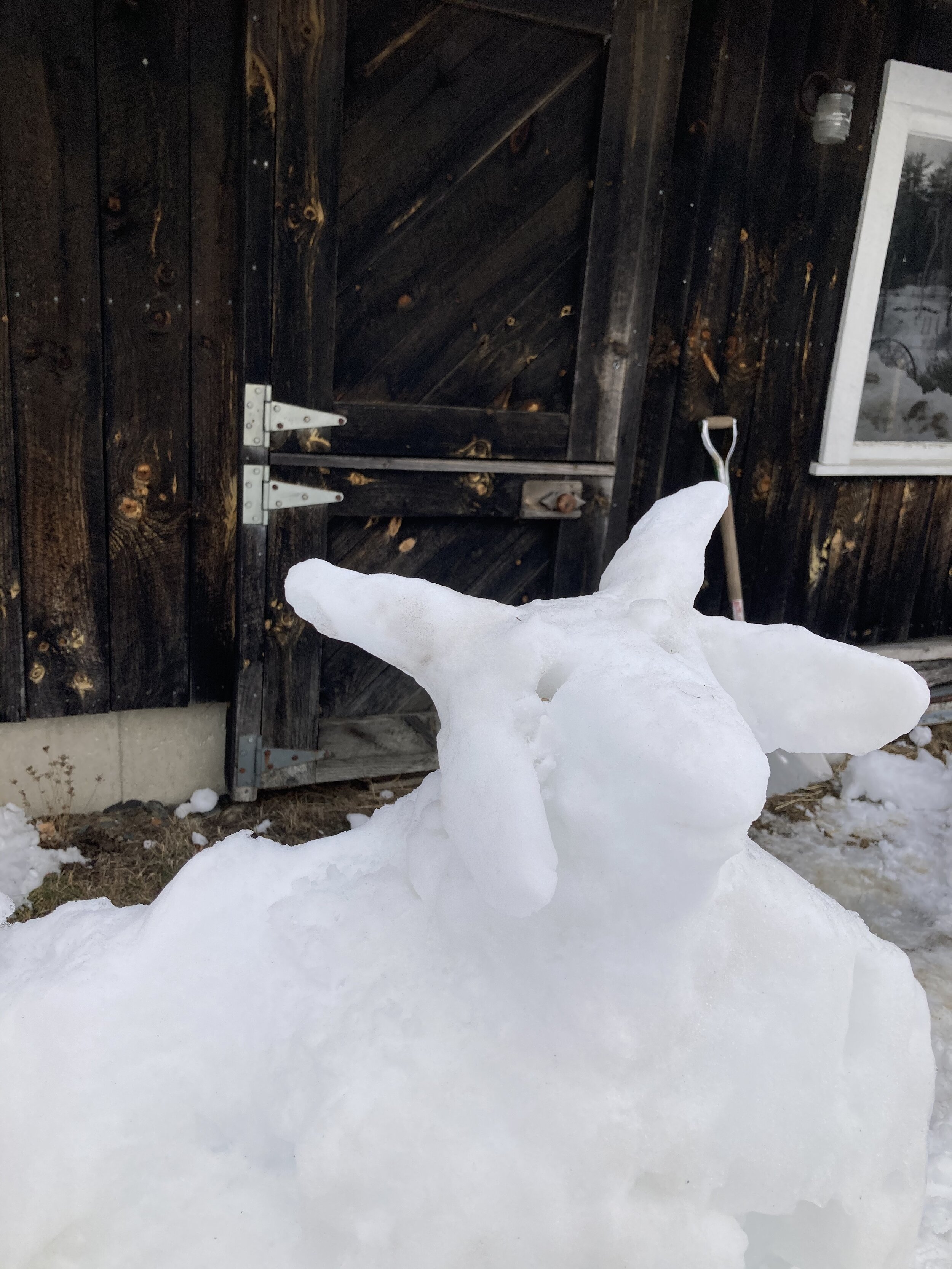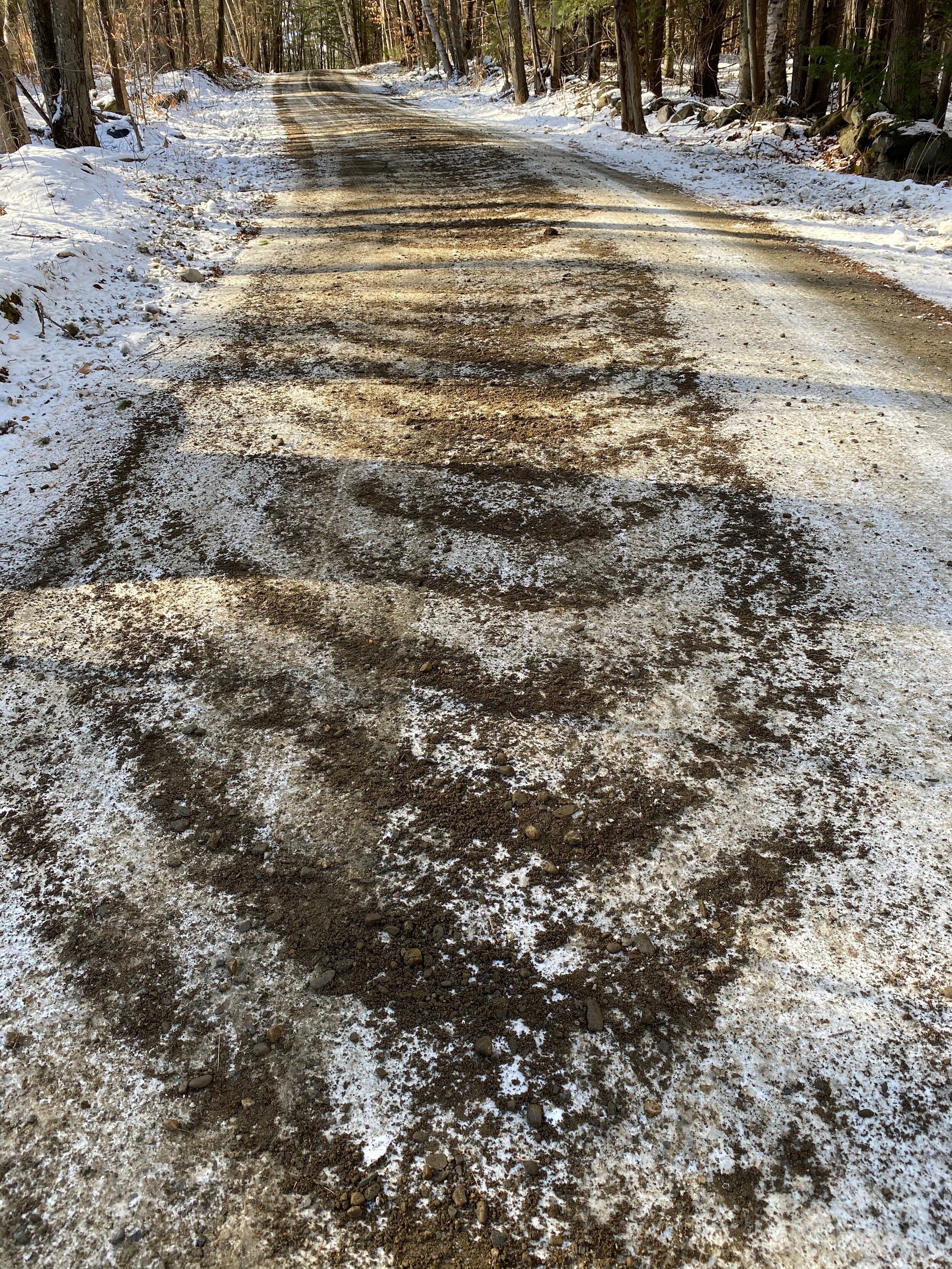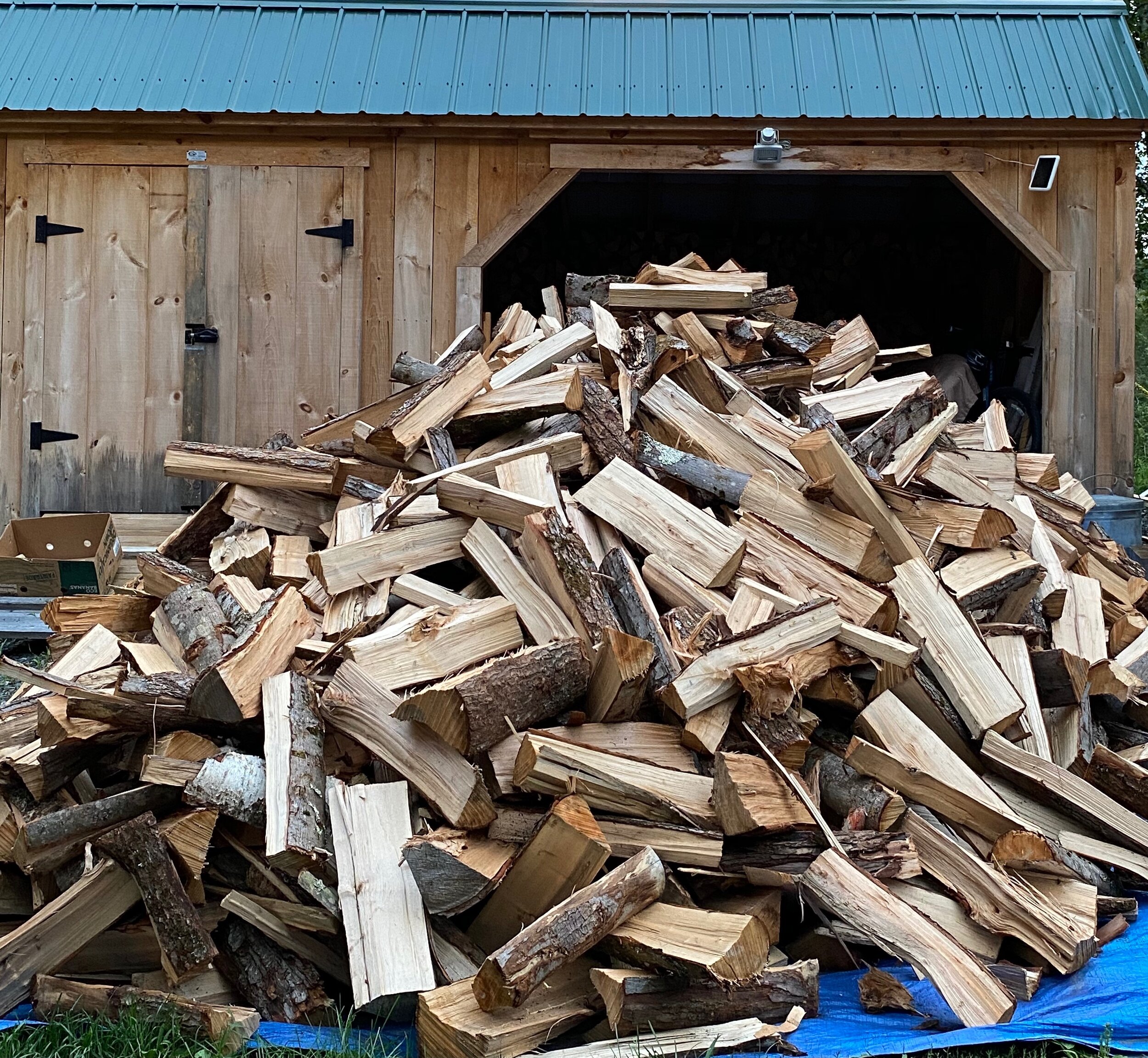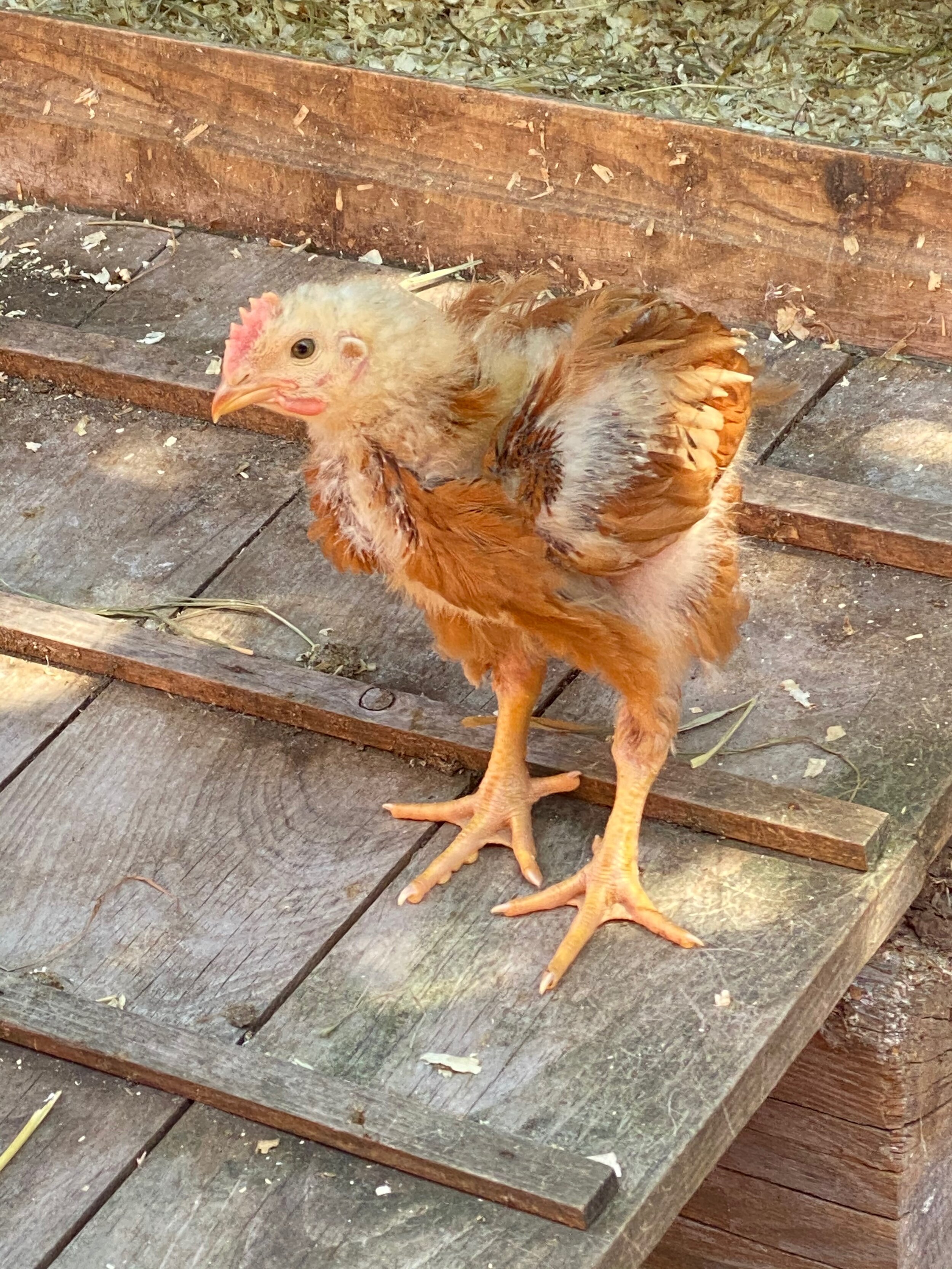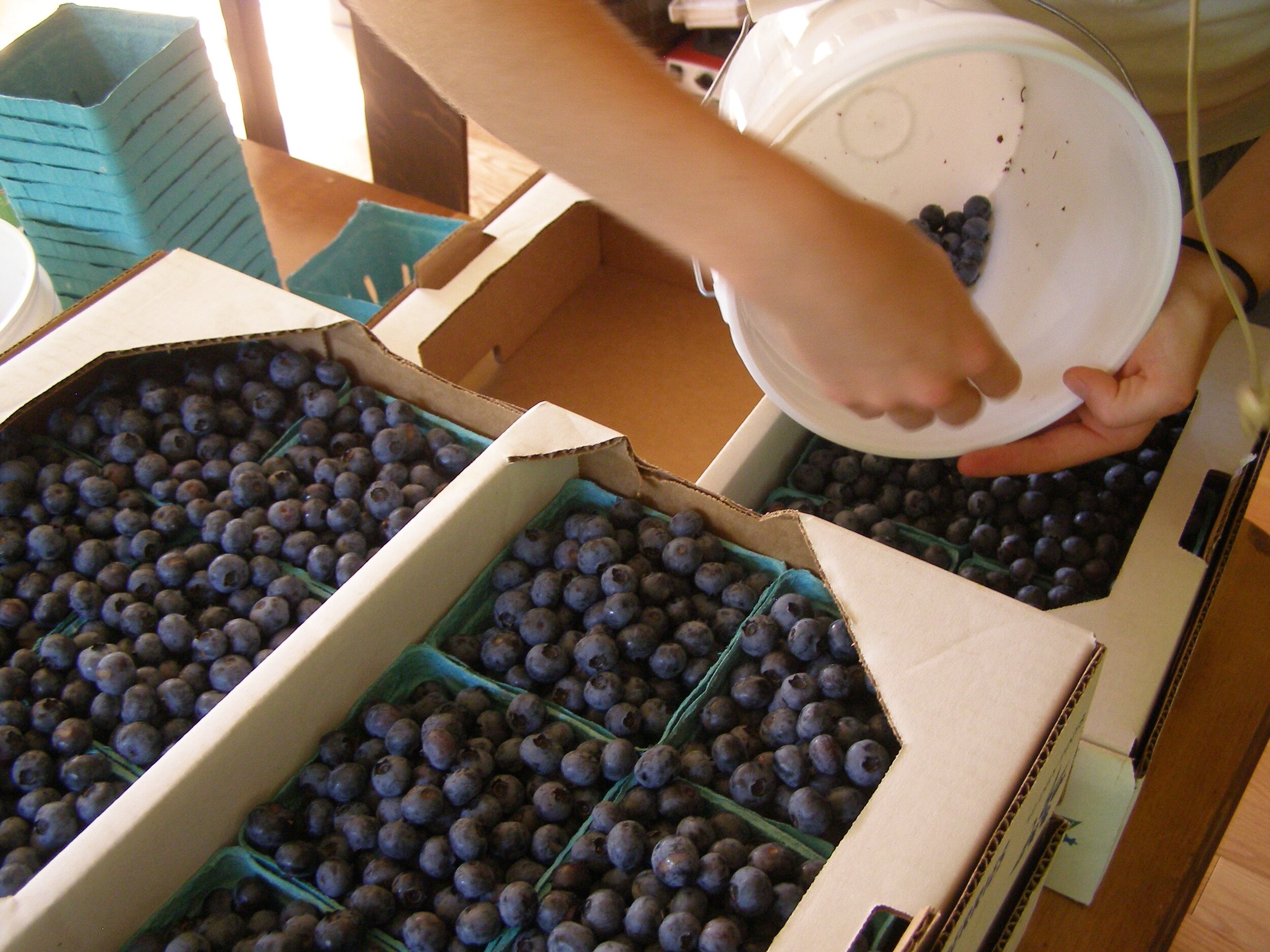THE MAKERS.
TIM HAYES
Over thirty years ago, while working as a timber framer and carpenter, I was inspired by the rustic furniture of the Adirondacks. After a road trip to visit a number of makers, I was particularly enamored with the low energy, hand-tooled processs, and intrigued with the challenge of designing comfortable, functional seating with the elegant shapes of untooled trees. For the next four years I made chairs, benches, tables and other objects (see Portfolio) selling through galleries, shows, & commissions, and was featured in two books and a magazine article (hyperlink) all while my style evolved from that initial inspiration to a more refined construction and finish—furniture from sticks and branches that is comfortable to sit in and inviting to the touch.
During this time, I heard another calling, and went back to school to become a middle school teacher in Marlboro, VT, where I worked for 24 years, teaching among other subjects, rustic woodworking—adolescents building with saplings, the adolescents of the woods. Sometimes from the school property, or the slopes of nearby Hogback Mtn. — a short yellow bus ride away—they cut and pealed ash and maple saplings, and assembled stools, benches and tables in the basement of the gym. I learned certainly as much as they did!
Since retiring from teaching in 2019, we have built a new shop at our Lost Mile Road homestead and I’m back to work making furniture from local trees, now delightedly in concert with Pam’s fiber art. As always, the process and choice of materials is guided by the commitment to live and work mindfully and in a manner that respects the environment, leaving a light carbon footprint. We hope that seeing and sitting in one of our chairs is an experience one remembers with a smile.
PAM BULLOCK
There is not a crack, an animal track, a feather, a fall foliage-splattered hillside or a distant island in a sun-bedazzled bay that doesn’t compel the artist in us. There is not the tiniest collection of beach stones nor the deepest-layered canyon wall, the smallest lichen or thickest woodland, the slightest shift of winter light on snow or the most dramatic screaming red of sunsets, that doesn’t play the muse.
I credit my dad for two things essential to this artistic endeavor -- opening my eyes to deep-seeing in nature, and instilling the value of being “a maker. “ A lifetime of caring for plants and animals has taught me further to watch/observe, listen and anticipate.
Artists make choices about their medium. Sustainability is as important to me as anything. The wood for our chairs is generally harvested within a few miles from our home. As much as possible, I use fiber – wool, mohair and alpaca -- that is locally or regionally raised and processed. This year, at last, I started a dyer’s garden in earnest, one that I plan to expand in the years to come.
While I have been dabbling in the fiber arts for years – weaving, spinning, natural dyeing, some knitting, felting, as well as raising Angora goats for their fiber – it was not until my retirement 2 years ago from working in public education and outdoor adventure that I was able to jump in with both feet.
I have found myself drawn more and more to felting, drawing inspiration from and gaining new skills under the tutelage of gifted fiber artists Eva Camacho-Sanchez and Yekaterina “Katia” Mokeyeva among others.
My collaboration with Tim is an opportunity to incorporate fiber art into a functional piece of furniture as upholstery. Felt is not only strong and durable, but allows for endless color and design possibilities.
Felt art is of course beautiful on its own. To see samples of my work, please go to the Fiber Art Gallery. Check back too, as items will soon to be ready to Shop.
LOST MILE HOMESTEAD.
We have lived here on this little hill above Brattleboro Vermont since 1985 on land that was originally settled by Revolutionary War soldier, Thomas Betterly. Thomas built a cabin in 1780, completing his permanent home by 1785. The Betterly family lived, worked and expanded this 1000+ acre hill farm for 5 generations. Among the many buildings, there was a creamery, a summer kitchen, a slaughter house, a sugar house, a saw mill, and 40x70 dairy barn, and one of the rooms in the home served for a time as a schoolhouse.
The “property”, known as the Betterly Homestead, was eventually parceled and sold out of the family in the 60s by a 6th generation family member no longer interested in farming. The land became a commune. A baby was born in a tipi in the lower field, another in the front room of the old farmhouse. All of the outbuildings succumbed to neglect and gravity. The farmhouse was eventually abandoned. In 1985, two-hundred years after Thomas Betterly cut the first tree for his cabin, Tim’s parents bought the house and remaining 75 acres and were eventually able to annex back another 50 acres. But by 1985, not only had the outbuildings fallen, but the farmhouse was in a state of disrepair, and the field that many generations of hardworking hands had opened up were growing in.
Tim’s parents, with newly-found retirement energy and an enthusiastic flock of Tim and Pam’s eager 20-something friends, went to work clearing, building barns and sheds, setting fences, renovating the main house and planting asparagus, raspberries and highbush blueberries. Two years later, Tim and Pam bought a cottage on adjoining land, expanding the gardens and blueberries and raspberries, and a small orchard was planted. Pigs, turkeys, meat chickens, laying hens, and Angora goats were raised. Balancing our work as public school and college educators, the scale and scope of homestead activities has ebbed and flowed dramatically over the years, but U-Pick organic blueberries and sweet Angora goats - sometimes 4, sometimes over 20 -- have remained a constant.
Though Tim’s parents no longer own the old Betterly Homestead, 34 years later, we still live on the adjoining land and through the generosity of our new neighbors, we still graze our herd of goats on the beautiful pastures, and house them in the barn that Tim built. We call ourselves Lost Mile Homestead.
Two years ago, a fire that spared our house but destroyed our pole barn and garage, opened up an unexpected opportunity. We rebuilt on that spot, not a building for vehicles and stuff, but a beautiful makers space for Lost Mile Designs. As recent retirees ourselves, we are re-embarking on this adventure together.
GALLERY.
